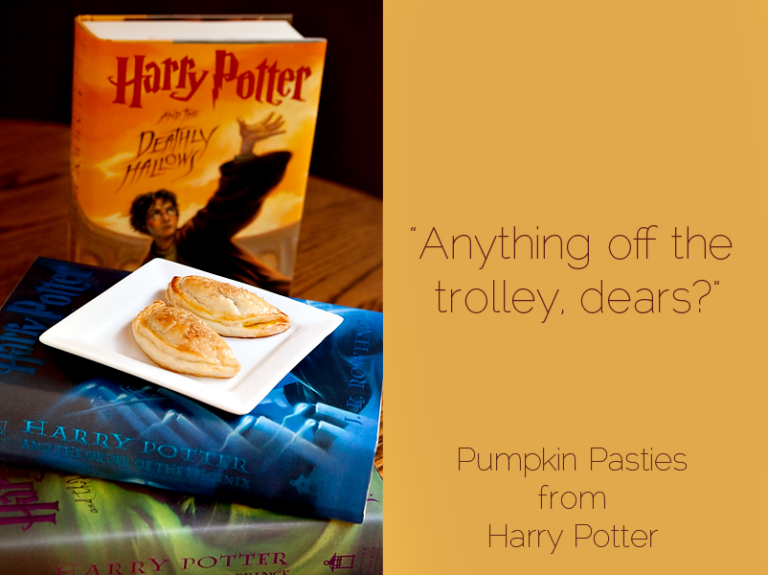Mastering the Art of Active Reading: Strategies for Deeper Comprehension

Reading is more than the mere act of scanning words on a page; it’s a dynamic process that involves engaging with the text on a profound level. Active reading, the deliberate and thoughtful interaction with written material, is a skill that enhances comprehension and enriches the reading experience. In this article, we delve into the strategies and techniques that constitute the art of active reading, providing readers with a roadmap for unlocking deeper understanding and meaning.
- Previewing and Setting Intentions: Before diving into a text, take a moment to preview its structure, headings, and any introductory or summary sections. This initial exploration helps set intentions and provides a roadmap for what to expect. Consider what you hope to gain from the reading, whether it’s information, entertainment, or a deeper understanding of a particular subject.
- Annotation and Marginalia: Keep a pen or highlighter at hand while reading. Annotating the text by underlining key points, jotting down questions, or marking areas of interest encourages active engagement. Your marginalia becomes a personalized conversation with the author, fostering a deeper connection and aiding in comprehension when revisiting the material.
- Asking Questions and Making Predictions: Actively involve yourself in the narrative or content by formulating questions as you read. What do you anticipate will happen next in a story? How does this concept connect to your prior knowledge? By posing questions and making predictions, you stimulate your cognitive processes and maintain an active dialogue with the material.
- Summarization and Synthesis: Periodically pause during your reading to mentally summarize what you’ve absorbed. Whether it’s a paragraph, chapter, or entire work, summarization helps solidify understanding. Additionally, take note of how new information integrates with what you already know, fostering synthesis and a holistic grasp of the subject matter.
- Visualization and Mind Mapping: Create mental images or even sketches of key concepts, characters, or scenes. Visualization aids in retention and comprehension by providing a sensory dimension to the material. Alternatively, try constructing a mind map to visually organize information and relationships between ideas.
- Discussion and Reflection: Extend your engagement beyond solitary reading by discussing the material with others. Join a book club, participate in online forums, or engage in conversations with peers. The act of articulating your thoughts and hearing diverse perspectives enhances your understanding and deepens your connection to the text.
- Frequent Reviews and Revisits: Actively revisit the material at different intervals. Regular reviews solidify your grasp of the content, and revisiting a text after some time allows you to discover nuances or connections that may have been overlooked during the initial read. This iterative process contributes to long-term retention and mastery.
Conclusion: Mastering the art of active reading transforms the act of consuming written material into a dynamic and enriching experience. By implementing these strategies—previewing, annotating, questioning, summarizing, visualizing, discussing, and reviewing—readers can cultivate a habit of engagement that goes beyond surface-level understanding. Through active reading, literature becomes not just a source of information but a participatory journey, where readers become active contributors to the profound tapestry of human knowledge and imagination.


